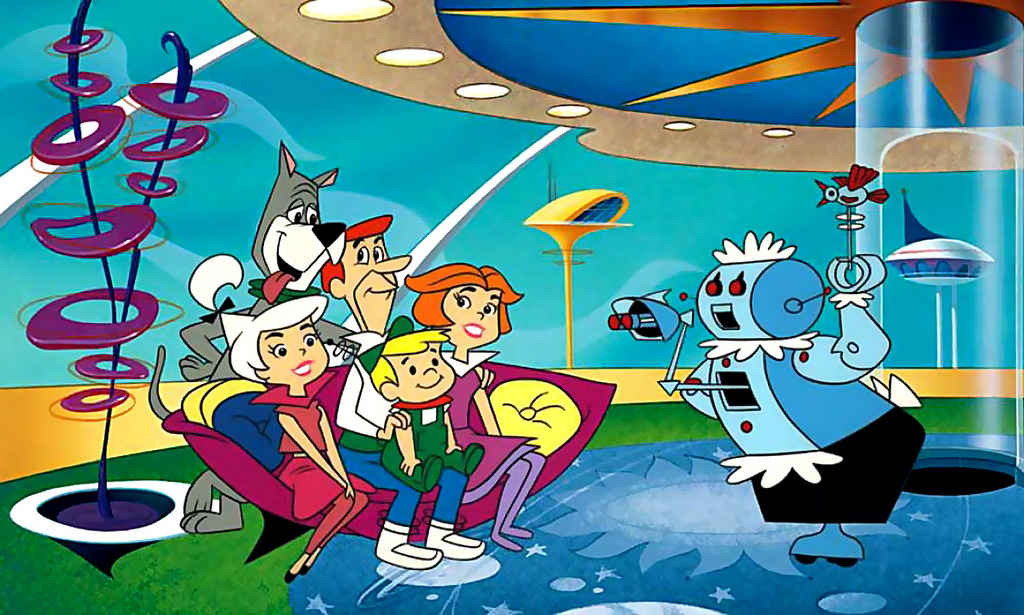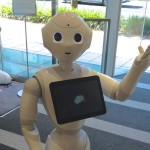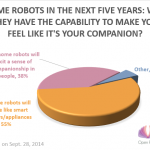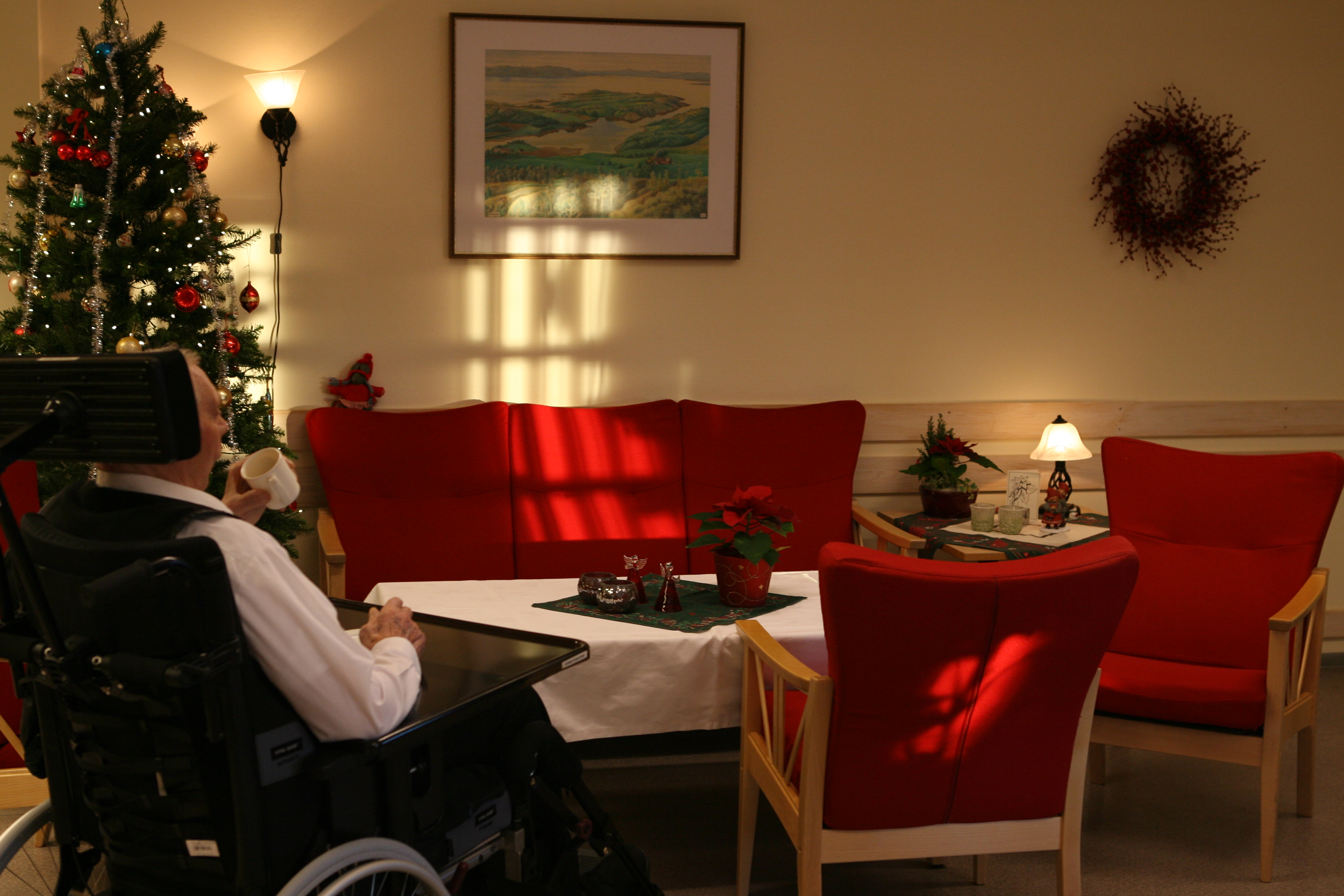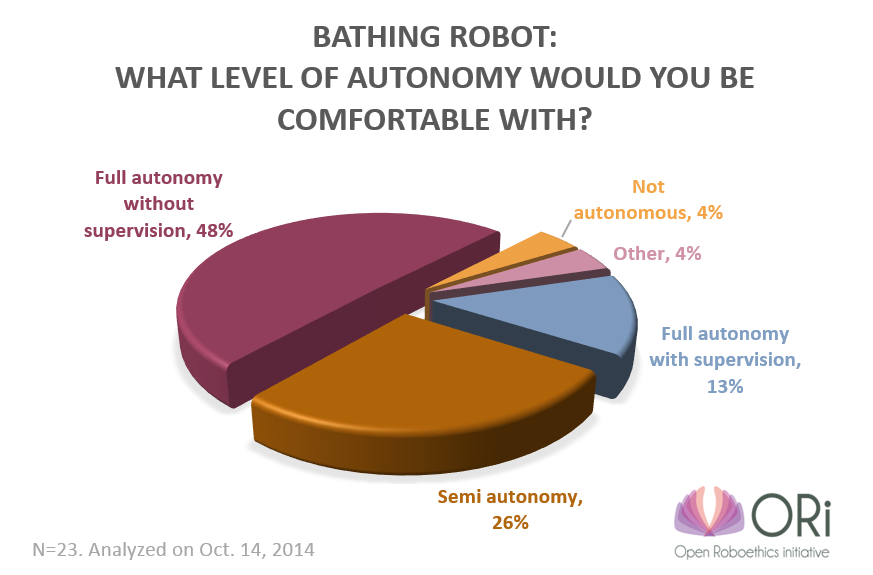Learn about robots for home and for care
A few decades ago our lives were shaken up by a technological revolution which put “a PC on every desk and in every home”. Nowadays it’s time for another revolution that, if the predictions are right, will bring something new to our homes: personal robots. As we consider the coming age of personal robots it is interesting to note that an analogy exists between the transition from mainframe computers to personal computers and between the transition from industrial robots to domestic robots.
Until few years ago robots were designed to perform dangerous, repetitive or difficult tasks and were used primarily in the workplace. But recently manufacturers have started designing robots to do tasks that humans regularly perform around their homes.
The domestic robot revolution started around 2002 when iRobot released Roomba, the first autonomous sucking machine. A report issued by the U.N. Economic Commission for Europe and International Federation of Robotics said that 607,000 automated domestic helpers were in use at the end of 2003. This market expanded very quickly and in 2007 the domestic robots in use were 4,1 million. In 2012 3 million personal robots were sold, 20% more than in 2011. That’s just the beginning. The International Federation forecast for the 2013-2016 period projects that sales of all types of robots for domestic tasks could reach around 22 million units.
There are many different opinions on the consequences that this technological revolution will have on our lives, but most people agree on one fact: it will be a big deal.
To consider all the different points of view on this matter it is necessary to classify domestic robots in two main categories.
The first category includes robots designed to do basic manual labor, e.g. washing the dishes, cleaning the floors, mowing the lawn. An example of domestic robots that can be classified in this category is the recently announced Dyson 360 Eye, the latest robot vacuum to hit the market.
The task of cleaning a floor could seem a simple one, but Dyson declared that they didn’t want to release just any robotic vacuum cleaner, but a product that could do the chore as well as its human counterparts. To succeed in this challenge their robot is equipped with a 360 degree camera that views the room at a 45 degree angle and takes 30 pictures per second. It also uses infrared sensors and is able to create a real-time map of the room.
In this category we can also include home automation technologies such as robots capable of answering the doors, managing power consumption or opening and closing the curtains. The electronic company LG is establishing in South Korea a division which designs digital apartments using its Homenet networking to create hi-tech households, whose services can be accessed not only from the inside but also via the Internet.
Public opinion is pretty unanimous in positively judging the impact that this kind of robot will have on our lives. In fact the fantasy of robots that take our place in doing domestic tasks is one that people began tinkering with ages ago. Aristotle, writing around 320 BC, imagined robots that could replace apprentices and slaves. A more well-known and recent example is Rosie the mechanical housekeeper from the futuristic cartoon family The Jetsons.
The main advantages of having such a robot are less manual work and more leisure time. Furthermore, the outcomes of a survey of 379 iRobot Roomba owners stated that they’re equally likely to be men or women.
The second category of domestic robots includes those designed to take on personal and intimate functions, for example caring for the elderly or educating children. An example of this kind is Jibo, marketed as the “world’s first family robot”.
 Jibo is designed to look adorable, and its main tasks are taking family pictures, reading stories to our kids or just hanging out being nice and funny. This kind of robot brings to light many ethical concerns and some people are skeptical about its ability to improve our quality of life. The main worries Jibo raises are: the impairment of our capacity for practical reasoning due to the automation of predictive thinking; social isolation; and a loss of capacity for sharing intimate experiences. Furthermore, some think that we probably will be tempted to rely on those robots sliding from housekeeping to being kept by our houses.
Jibo is designed to look adorable, and its main tasks are taking family pictures, reading stories to our kids or just hanging out being nice and funny. This kind of robot brings to light many ethical concerns and some people are skeptical about its ability to improve our quality of life. The main worries Jibo raises are: the impairment of our capacity for practical reasoning due to the automation of predictive thinking; social isolation; and a loss of capacity for sharing intimate experiences. Furthermore, some think that we probably will be tempted to rely on those robots sliding from housekeeping to being kept by our houses.
As we invite robots into our homes we must increase our focus on the study of human-robot interaction, so that robots are designed taking into account all of the ethical and functional lessons we’ve learned over the years..
What do you think about robots in the home?
Follow our new poll series and share your opinion with us!

